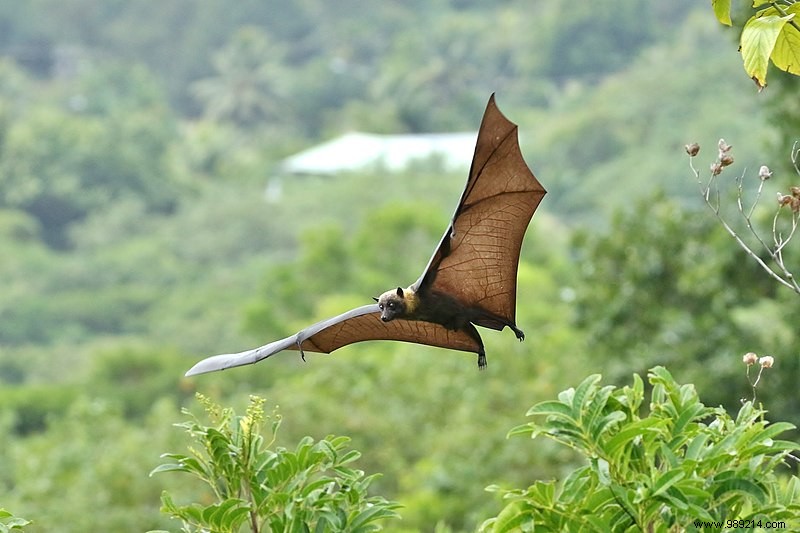A recent American study shows that climate change will force many animal species to migrate to more welcoming ecosystems. However, this should increase the risks of viral transmission between species and at the same time the risks for humans.
With more than 6.2 million deaths , the recent health crisis linked to the SARS-CoV-2 coronavirus has been particularly deadly. In May 2021, the American president had therefore ordered a more in-depth investigation into the origin of Covid-19. The possibility that the virus escaped from a laboratory was indeed taken very seriously, but that of contamination between animals before transmission to humans remained largely preferred.
What if the risks of virus transmission between animal species and then to humans had a link with climate change ? Researchers at Georgetown University (US) combined climate modeling and data regarding the destruction of natural habitats as well as how viruses "jump" from one species to another. The goal? Make predictions for the future of the world by 2070 .
The study published in the journal Nature on April 28, 2022 stipulates for the first time that the transmission of diseases and the disruption of ecosystems are strongly linked. This work included no less than 3,139 species of mammals, a type of animal harboring many viruses that are possibly transmissible to humans. And for the authors of this work, climate change will be the main vector for the emergence of new diseases.

Today, many wild species have to flee their ecosystem due to degradation. There are several reasons for the loss of these habitats :the reduction in the area of forests, the rise in temperatures or the trafficking of wild species. Thus, these species migrate to more welcoming lands where other native or fleeing animals may already be found. Researchers estimate the number of first encounters between animal species at around 300,000. However, by mixing, these animals could represent a basis for the appearance of new crosses of viral infections .
The study evokes a new network of viruses capable of jumping from species to species and which is expected to grow with the progression of global warming. Scientists estimate that at least 15,000 viral transmissions between species should occur by 2070. In addition, bats (highly suspected in the case of the latest coronavirus) should play a central role in this process. It must be said that the latter are frequently the cause of zoonoses infecting humans, via an intermediate animal host.
For the researchers, it is already too late to reverse the trend, even by limiting the temperature increase to 2°C. Currently, not less than 10,000 viruses capable of infecting humans are already circulating silently among wild mammals. It is also impossible to really know how many of these viruses will "wake up" and where. Nevertheless, the places where the populations will be the densest in 2070 and where the mixtures between animal species will be the most important are more or less already known. The tropical zone of Africa as well as Southeast Asia could thus be the regions most exposed to the problem.